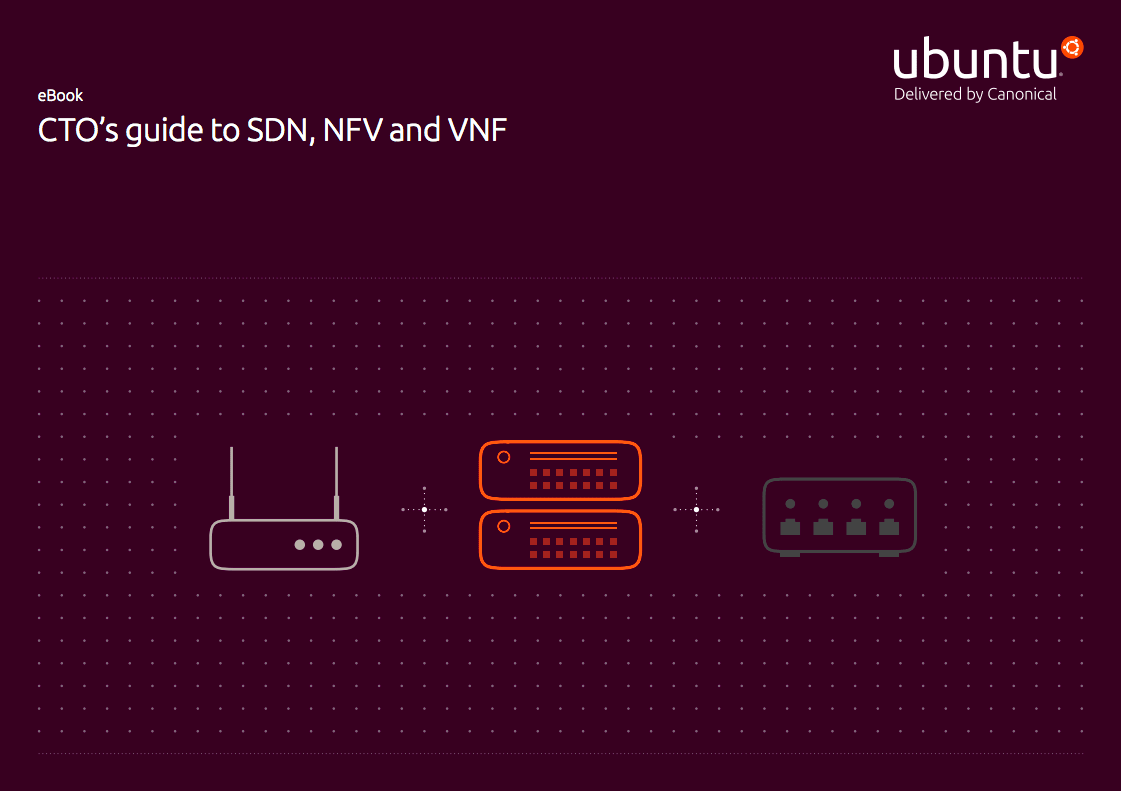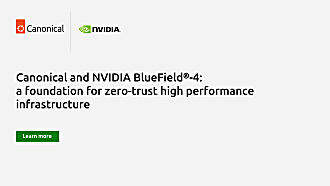Alexia Emmanoulopoulou
on 16 May 2016

Networking and communications standards and methodologies are undergoing the greatest transition since the migration from analogue to digital. The shift is from function-specific, proprietary devices to software-enabled commodity hardware.
Why is the transition happening and why is it important?
Read this eBook to:
- familiarise yourself with the three most popular terminologies today – SDN, NFV, and VNF
- learn why the transition is happening
- understand why it’s important for anyone responsible for a network to understand and embrace this emerging opportunity
- learn about the potential benefits, and some deployment and management solutions for software-enabled networking



